A very rare Regency mill timepiece movement Benjamin Harlow, Lane End, circa 1825 The four pillar eight-day single train movement with going wheel train set low down between the plates incorporating offset anchor escapement regulated by seconds pendulum and with centre arbor fitted with motionwork for standard two-handed hour and minute notation, the upper margin with take-off square to rear (formerly driven by mill machinery at a rate of one revolution per minute) fitted with a flag to the arbor to advance a large diameter wheel centrally positioned between the plates connected via extensive motionwork for recording mill running time on the three upper subsidiaries to the dial over a four-week period, the 10.75 inch circular single sheet silvered brass dial with small standard Roman numeral chapter ring incorporating Arabic five minutes to lower section (for the timepiece) beneath similar Arabic numeral dial for recording mill running time flanked by subsidiary day-of-the working week (Sundays excluded) and concentric D/N (for day or night) indexed recording dials, the upper and lower chapter rings enclosing engraved signature Benj'n Harlow, Lane End to centres, diameter 27.5cm (10.75ins). Provenance: The property of a private collector, Derbyshire. Literature: The current lot is illustrated in Darken, Jeff (editor) TIME & PLACE, English Country Clocks 1600-1840 as exhibit 67 pages 218-9 and Robey, John The LONGCASE CLOCK Reference Book pages 898-89 (figures 12.121-123). Benjamin Wyatt Harlow is recorded in Loomes, Brian Watchmakers & Clockmakers of the World as born in 1764 to Robert Harlow and first worked from Lane End (now Longton) near Stoke on Trent, Staffordshire before inheriting his father's workshop in Ashbourne in around 1828 where he remained in business until circa 1845. His brother, Samuel, was also a clockmaker who published The Clock-maker's Guide to Practical Clock Work in Birmingham in 1813. The current lot was made specifically for the purpose of recording the operational running time of mill machinery. The rear of the movement has a square which would have been connected (via take-off work geared to revolve once a minute) to the mechanism of the mill. The three upper subsidiaries to the dial would then index the hours, minutes, twelve hour periods (night or day) and the full days that the machinery would have been running throughout the working week. The lower dial is for actual mean time driven by a separate eight-day going train positioned between the movement plates. Theoretically if the mill had been running at optimum capacity at all times the indicated day and appropriate twelve hour period would have been correct, and both the upper 'mill' and lower 'time' dials would be synchronised at the end of the week. Naturally, in practice, there will have been times when the machinery would have been inoperative (or running slow), hence by the end of the week the 'mill time' would have been lagging behind. By recording the difference between the two the amount of 'running time' lost would have been obtained. Generally it appears that very few 'mill clocks' seem to have survived although John Robey mentions a complete example by Whitehurst made for Green's Mill, Derby as well as two other similar incomplete examples. Unfortunately it is not known for whom/which mill the current lot was made, however when first put to use it was probably deemed an invaluable tool bearing in mind the high degree of competition that would have existed between the numerous potteries and mills operating in and around Lane End, Staffordshire at the start of the 19th century. Condition report disclaimer
A very rare Regency mill timepiece movement Benjamin Harlow, Lane End, circa 1825 The four pillar eight-day single train movement with going wheel train set low down between the plates incorporating offset anchor escapement regulated by seconds pendulum and with centre arbor fitted with motionwork for standard two-handed hour and minute notation, the upper margin with take-off square to rear (formerly driven by mill machinery at a rate of one revolution per minute) fitted with a flag to the arbor to advance a large diameter wheel centrally positioned between the plates connected via extensive motionwork for recording mill running time on the three upper subsidiaries to the dial over a four-week period, the 10.75 inch circular single sheet silvered brass dial with small standard Roman numeral chapter ring incorporating Arabic five minutes to lower section (for the timepiece) beneath similar Arabic numeral dial for recording mill running time flanked by subsidiary day-of-the working week (Sundays excluded) and concentric D/N (for day or night) indexed recording dials, the upper and lower chapter rings enclosing engraved signature Benj'n Harlow, Lane End to centres, diameter 27.5cm (10.75ins). Provenance: The property of a private collector, Derbyshire. Literature: The current lot is illustrated in Darken, Jeff (editor) TIME & PLACE, English Country Clocks 1600-1840 as exhibit 67 pages 218-9 and Robey, John The LONGCASE CLOCK Reference Book pages 898-89 (figures 12.121-123). Benjamin Wyatt Harlow is recorded in Loomes, Brian Watchmakers & Clockmakers of the World as born in 1764 to Robert Harlow and first worked from Lane End (now Longton) near Stoke on Trent, Staffordshire before inheriting his father's workshop in Ashbourne in around 1828 where he remained in business until circa 1845. His brother, Samuel, was also a clockmaker who published The Clock-maker's Guide to Practical Clock Work in Birmingham in 1813. The current lot was made specifically for the purpose of recording the operational running time of mill machinery. The rear of the movement has a square which would have been connected (via take-off work geared to revolve once a minute) to the mechanism of the mill. The three upper subsidiaries to the dial would then index the hours, minutes, twelve hour periods (night or day) and the full days that the machinery would have been running throughout the working week. The lower dial is for actual mean time driven by a separate eight-day going train positioned between the movement plates. Theoretically if the mill had been running at optimum capacity at all times the indicated day and appropriate twelve hour period would have been correct, and both the upper 'mill' and lower 'time' dials would be synchronised at the end of the week. Naturally, in practice, there will have been times when the machinery would have been inoperative (or running slow), hence by the end of the week the 'mill time' would have been lagging behind. By recording the difference between the two the amount of 'running time' lost would have been obtained. Generally it appears that very few 'mill clocks' seem to have survived although John Robey mentions a complete example by Whitehurst made for Green's Mill, Derby as well as two other similar incomplete examples. Unfortunately it is not known for whom/which mill the current lot was made, however when first put to use it was probably deemed an invaluable tool bearing in mind the high degree of competition that would have existed between the numerous potteries and mills operating in and around Lane End, Staffordshire at the start of the 19th century. Condition report disclaimer
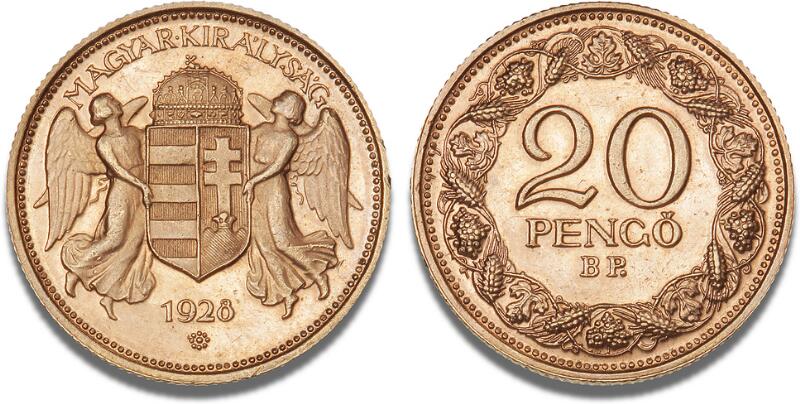
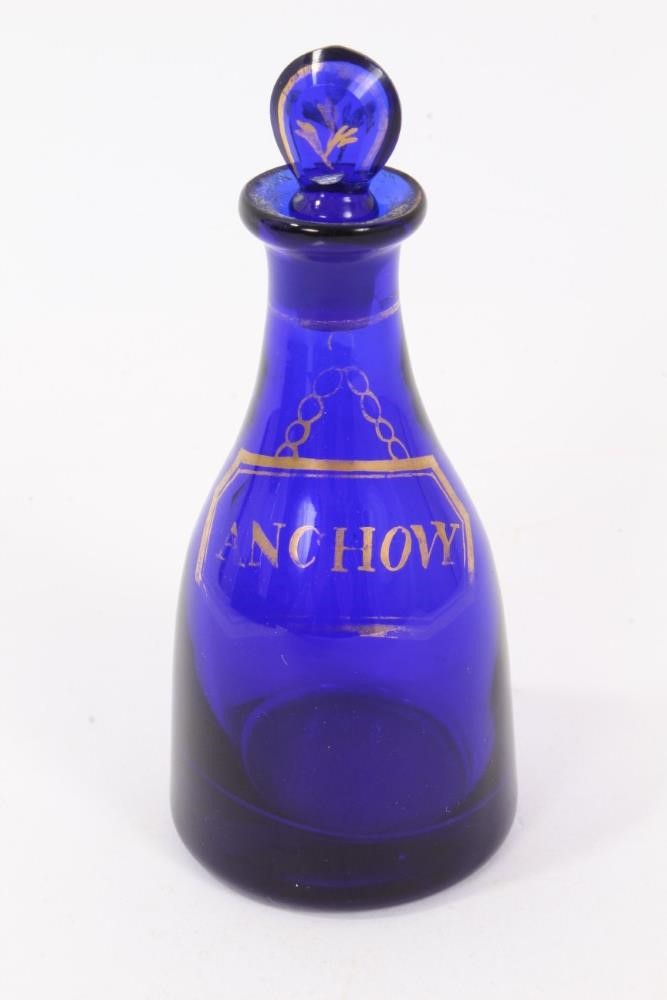

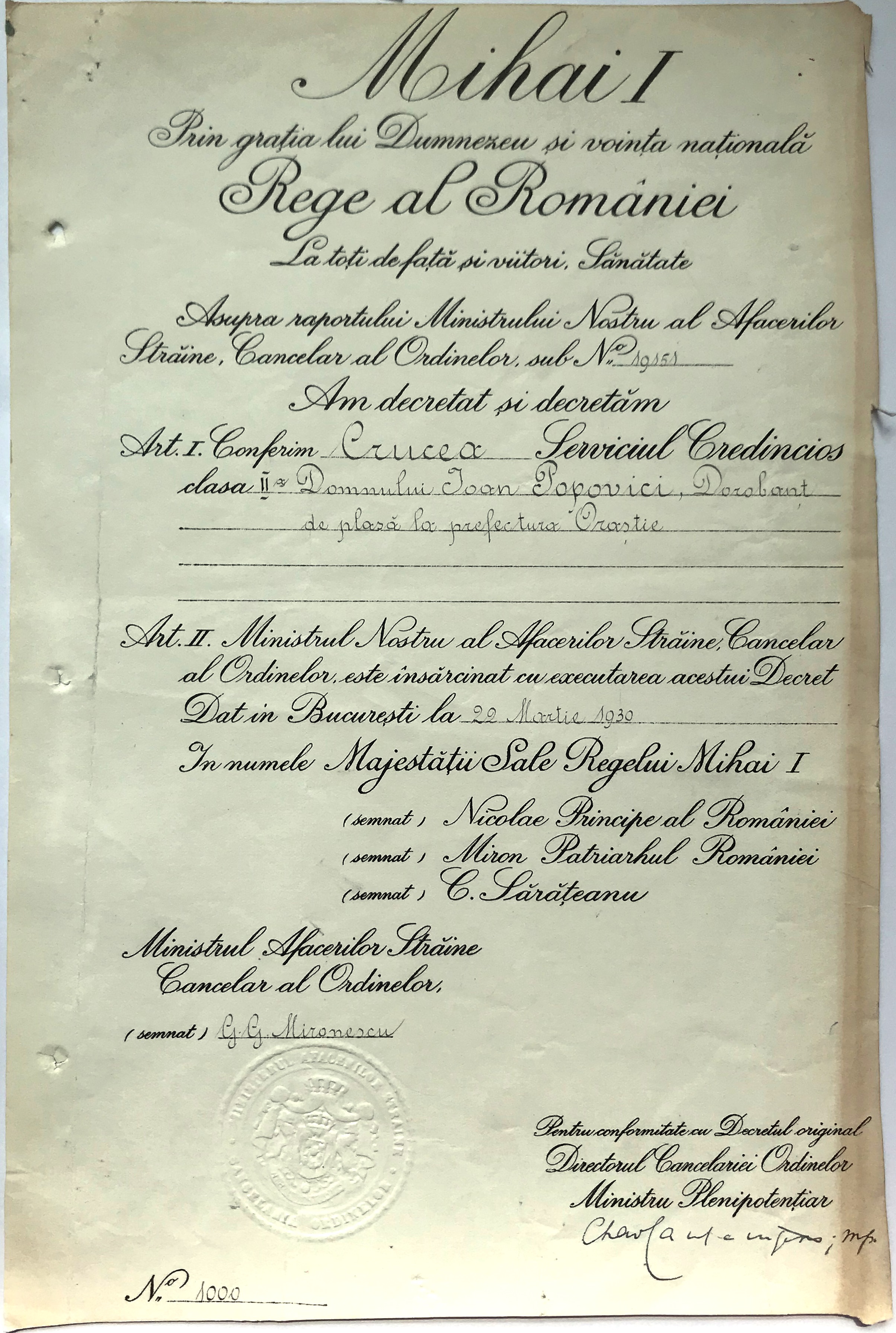
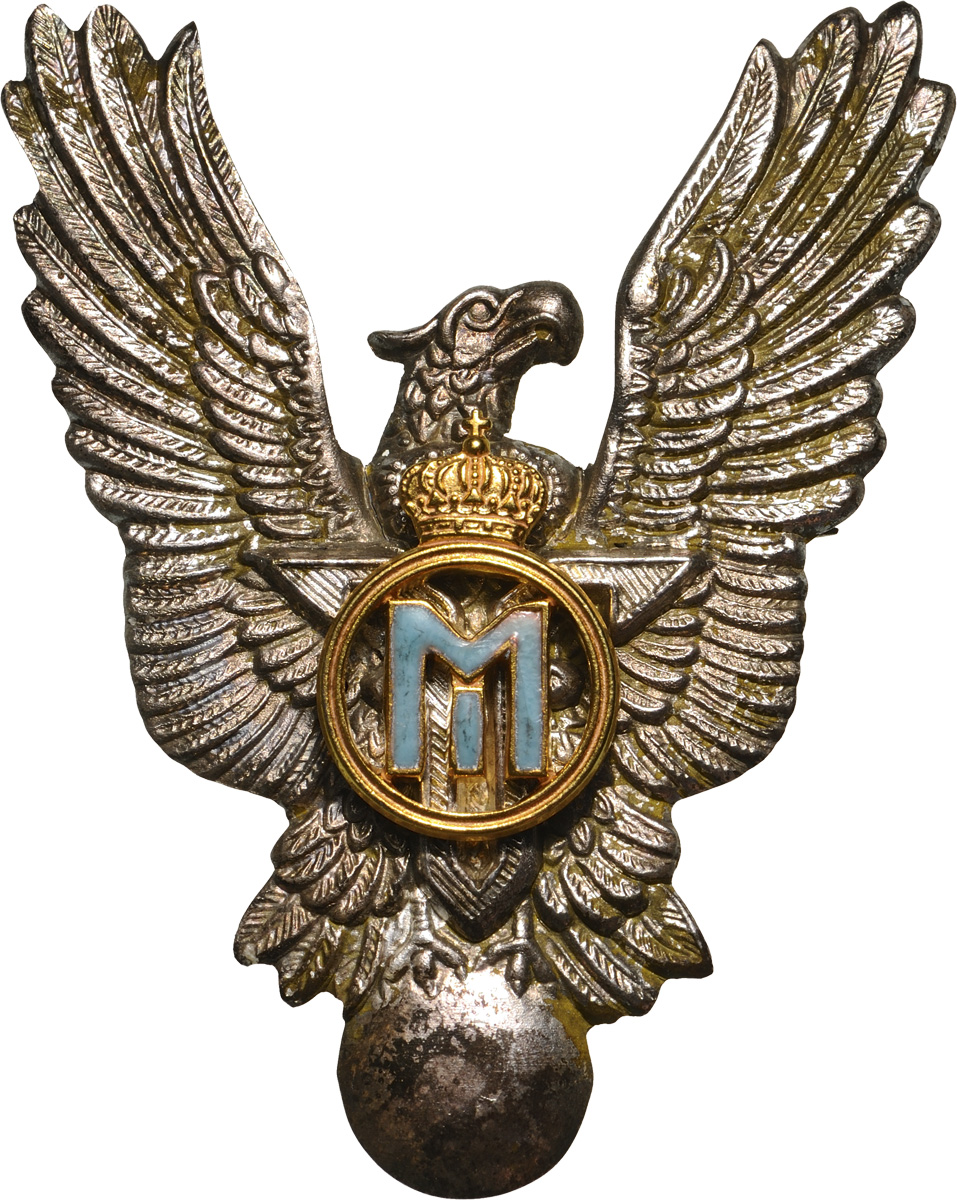
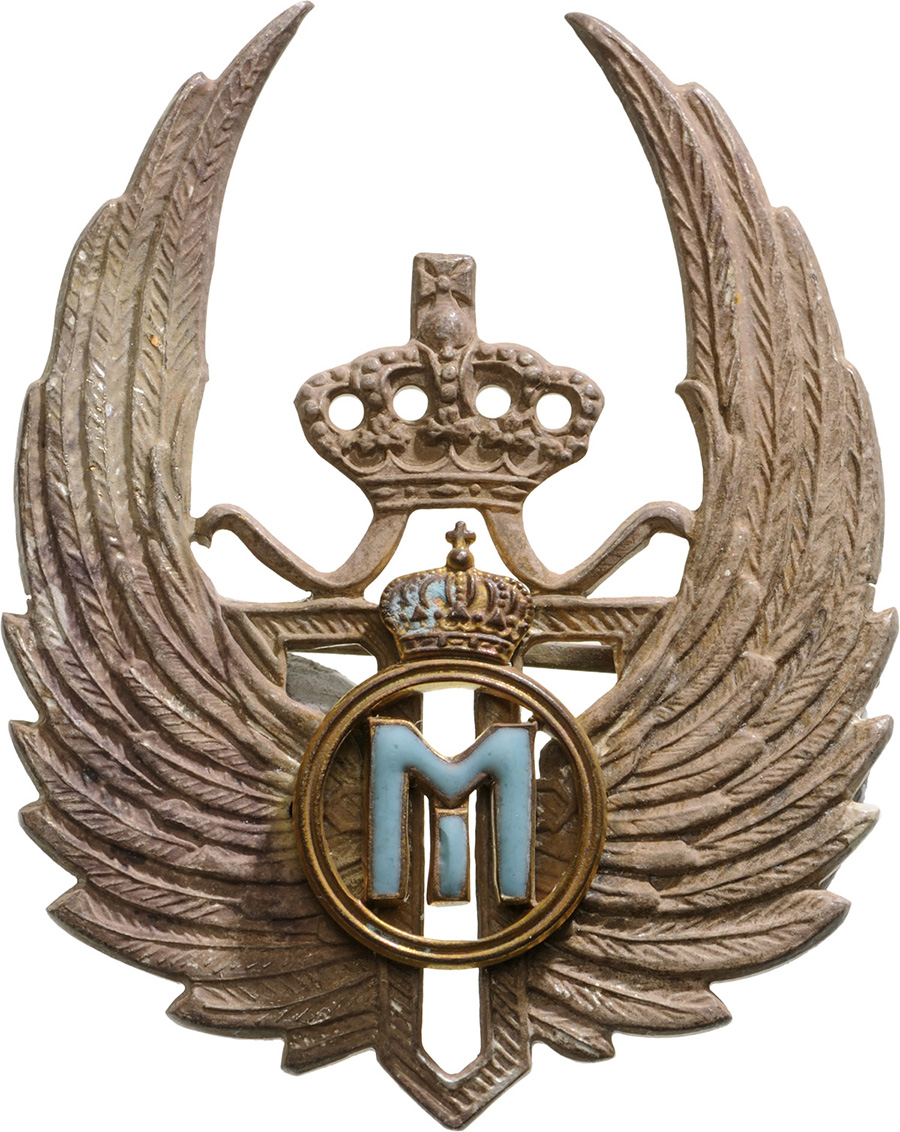
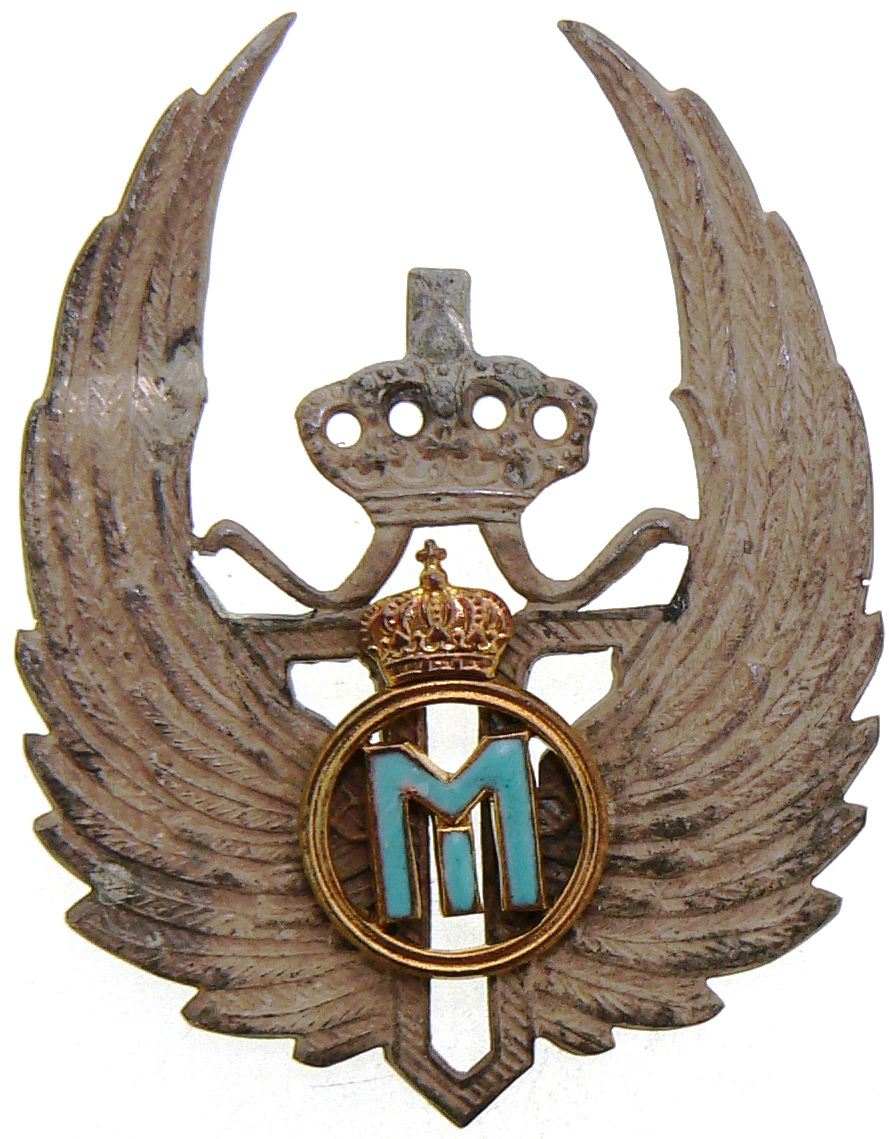

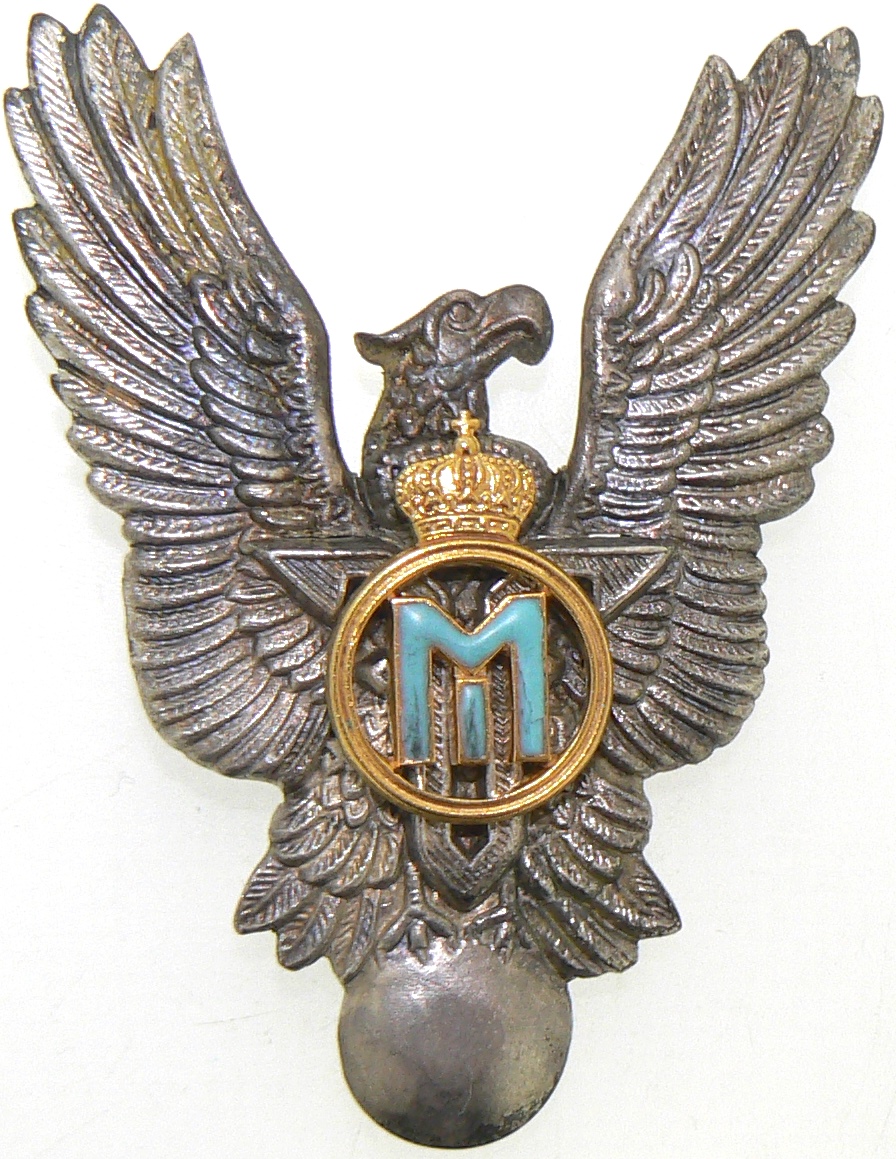
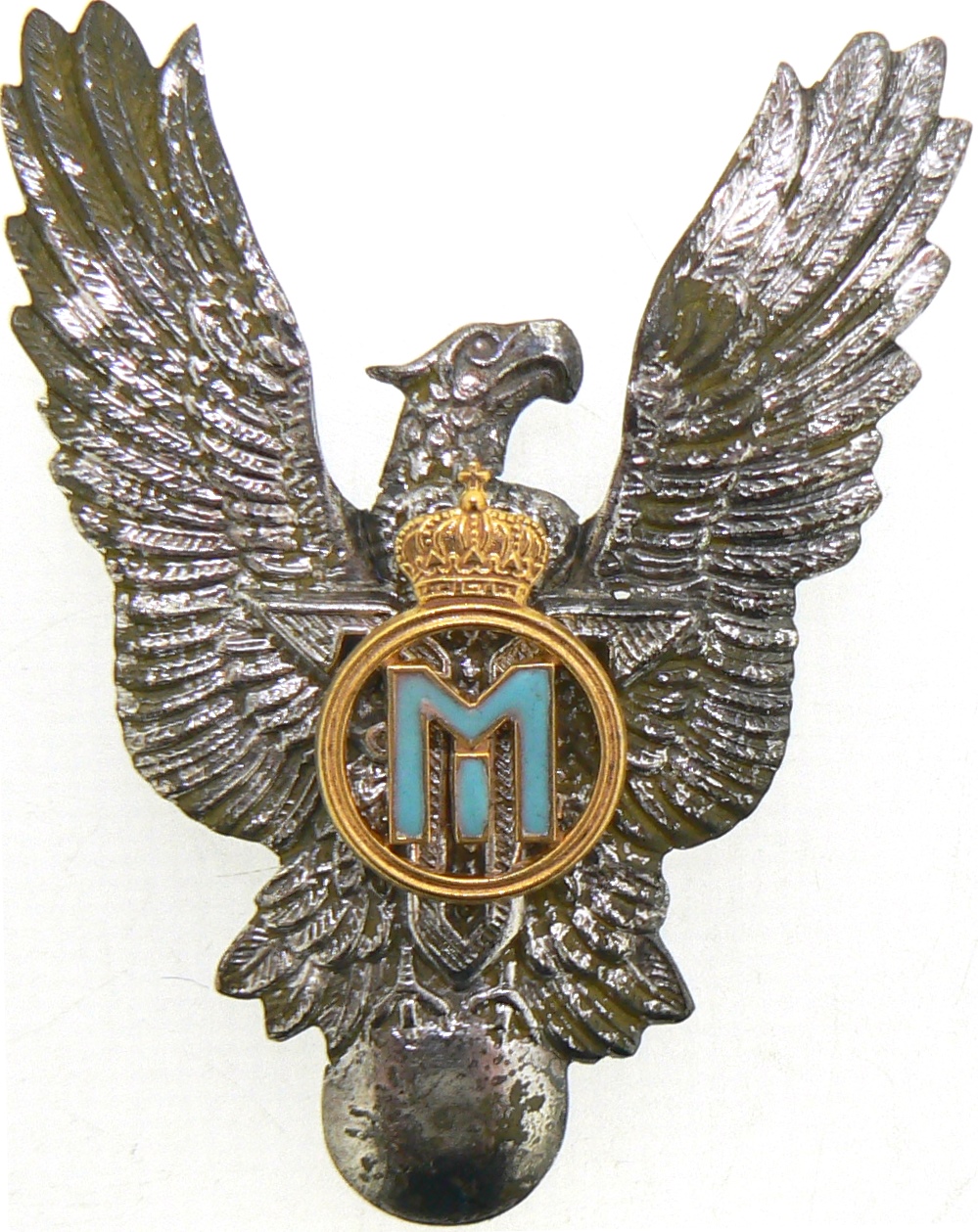


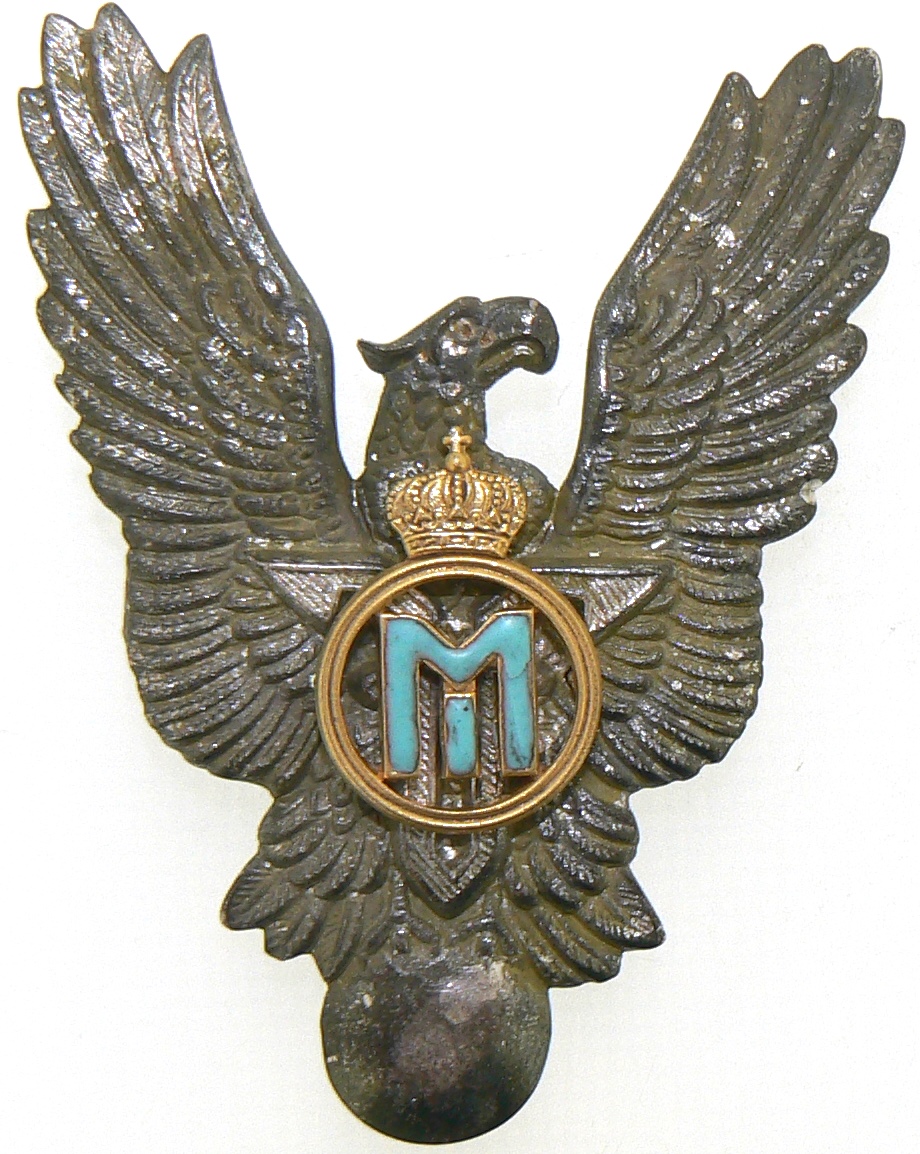

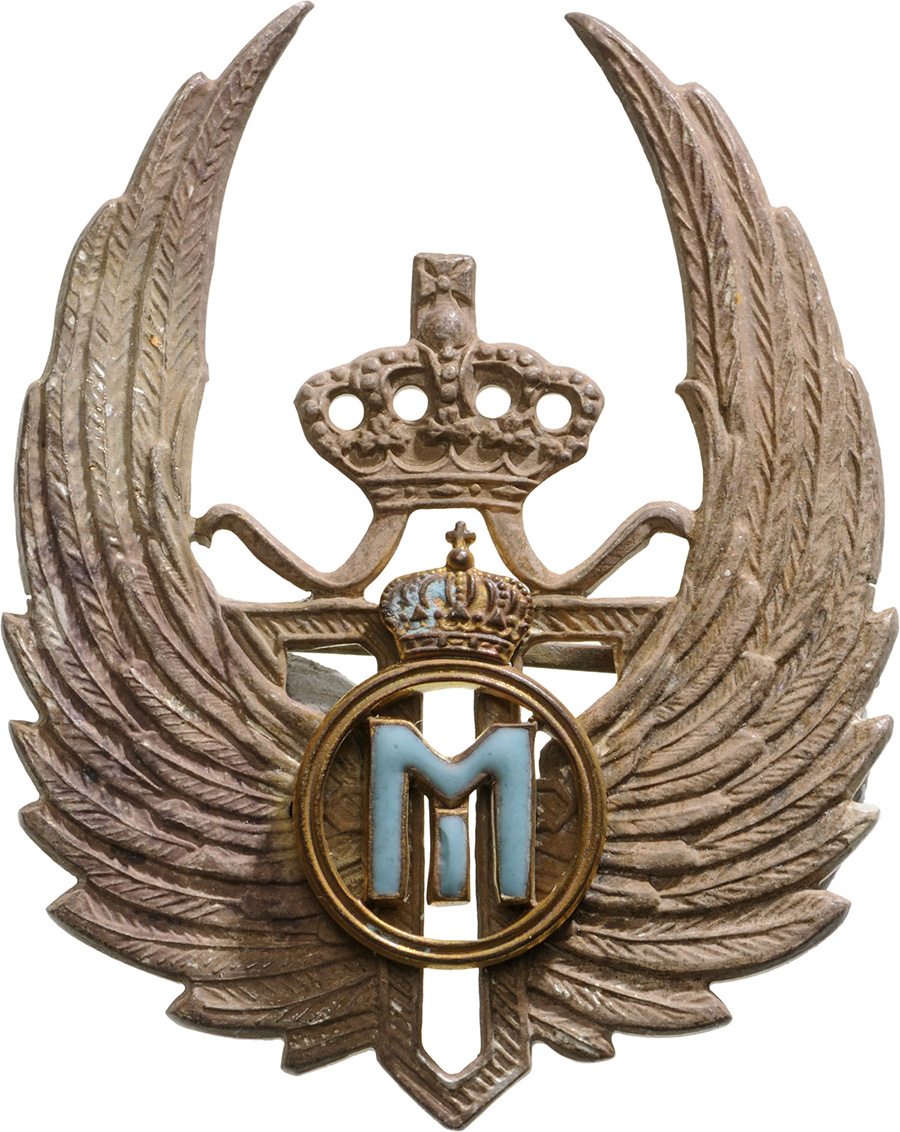
Try LotSearch and its premium features for 7 days - without any costs!
Be notified automatically about new items in upcoming auctions.
Create an alert